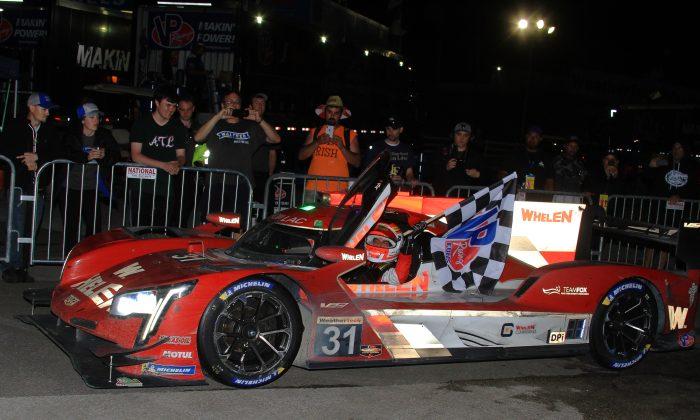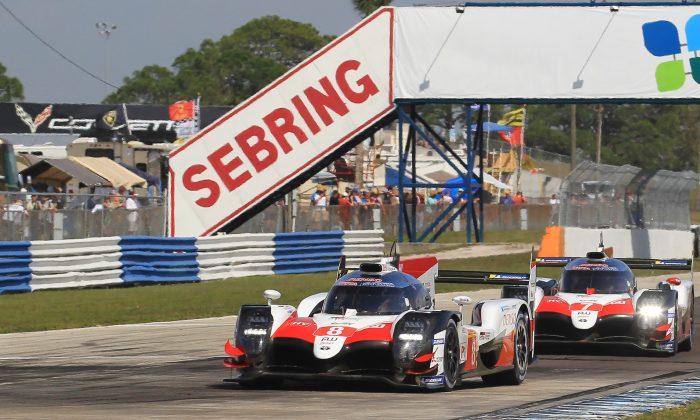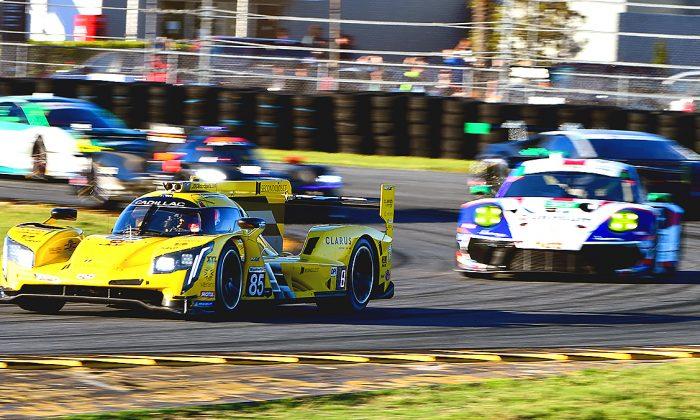For years cyclists repeated the adage that once a rider won the World Championship he was done winning for a year—and based on the records of recent champions: Thor Hushovd, Mark Cavendish, Philippe Gilbert, Rui Costa, Michał Kwiatkowski—the adage was pretty accurate.
Peter Sagan has destroyed that myth entirely.
Since winning the 2015 UCI Road Race title, the 26-year-old Slovakian finished first in the Tour of Flanders and Ghent–Wevelgem, won two stages in the Tour de Suisse, two stages in the Tour of California, the points jersey in the Tour of Californian and Tirreno–Adriatico, and now has won three stages in the 2016 Tour de France, where he is also all but guaranteed to win the points classification—for the fifth year running.
Sagan made the most of the last sprinters’ stage of the 2016 Tour before the final stage in Paris, where the pure sprinters will have their day. Stage 16 was long—209 km from Moirans-en-Montagne in France to Berne, Switzerland—with a steep cobbled climb in the closing kilometers, perfectly suited to a puncheur such as Sagan can be.
The Tinkoff rider followed Giant-Alpecin’s Warren Barguil, who was leading out team mate John Degenkolb. Sagan stayed patient when Movistar’s Alejandro Vaslverde started off the sprint, and stayed patient when Katusha’s Alexander Kristoff took off in pursuit. Sagan gauged his effort perfectly and caught the Katusha rider at the line, winning in a photo finish which showed that the World Champion thrust his bike across the line one inch ahead of his rival.
“I thought I was second until they came and told me I had won,” Peter Sagan told leTour.com. “It’s unbelievable. After so many times finishing 2nd… The wheel turns.
“I want to thank my team for the work they did all day. Then it was a crazy finale, very technical. Everyone wanted to be in my wheel. I think Kristoff made a mistake in the sprint. He jumped very late and that’s how I won.”
The Katusha rider had to agree. “I thought I had it but I was sprinting at maximum and I didn’t see the line until to late—maybe that made the difference, I don’t know,” he told NBC Sports.
Tuesday will be a rest day. On Wednesday the Tour heads into the Alps for a series of diabolically difficult mountain stages which will decide the overall winner.

The Tony Martin Show
Stage 16 started with a breakaway of only two riders: Etixx-Quickstep team mates Julian Alaphillipe and Tony Martin. Alaphillipe is contesting the best Young Rider’s jersey; Martin is a three-time Wold Time Trial champion.
Martin, seeing the stage as a warm-up for the Olympics, took off with his team mate on his wheel and simply never stopped, opening a gap of five minutes on the peloton despite the best efforts of the sprinters’ teams. At one point Alaphillipe had to tell his German team mate, through hand signs, to back off the throttle a little—Martin was just too powerful.
Martin rode 170 km solo at 30 mph—a respectable pace for a peloton, and a phenomenal velocity for a single rider. At one point Alaphillipe looked over at the TV motorcycle and laughed, indicating Martin, as if to say, “Can you believe this?”
Despite his enormous power, though, Tony Martin is still a human, and no one rider can indefinitely match the pace of a peloton of 180. Martin finally surrendered with 22.5 km left in the stage.
Martin and Alaphillipe were rewarded for their efforts: the pair were both granted ‘Most Agressive Rider” status, an honor normally bestowed on only one rider per stage.
“It’s a happy ending for us with that prize we can share,” Martin toild LeTour,com. “It didn’t work out for the victory but it’s a big honor for us. This is the first time in history, I’m proud of what we did.
“The break was not as long as we expected but definitely harder. It was a bit crazy but if you don’t try, you don’t win. I hope the fans and the spectators enjoyed it.”
Almost as soon as Martin was caught, Lampre-Merida’s Rui Costa attacked. The former world champion stayed away almost until the finish line was in sight—he was caught 4.5 km from the finish.
The two hard chases, of Martin and of Costa, totally tore apart the peloton. Only about 30 riders were in the final group racing for the stage win, and most of those were GC contenders and their wingmen. Etixx-Quickstep sprinter Marcel Kittel was stricken with a flat tire in the closing kilometers, and couldn’t catch back up. Only Giant-Alpecin managed any kind of lead-out at all, with Warren Barguil trying to pull for John Degenkolb. Degenkolb finished fourth—a respectable result given that he, and six other members of the Giant team, were hit by a car while training early in the season.





